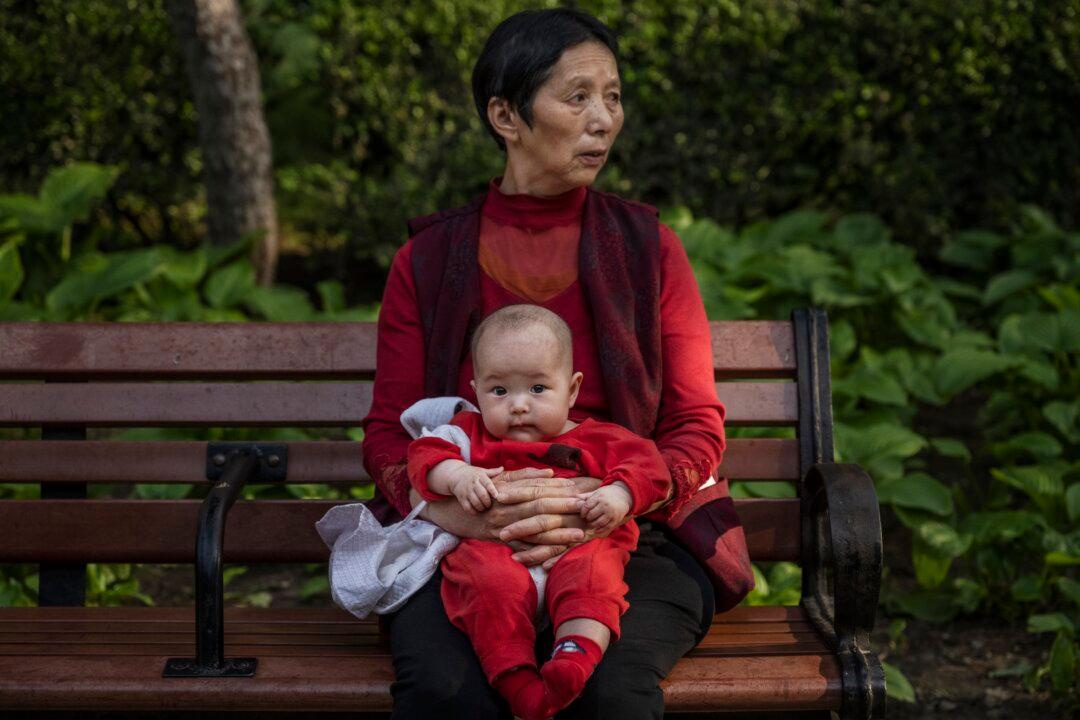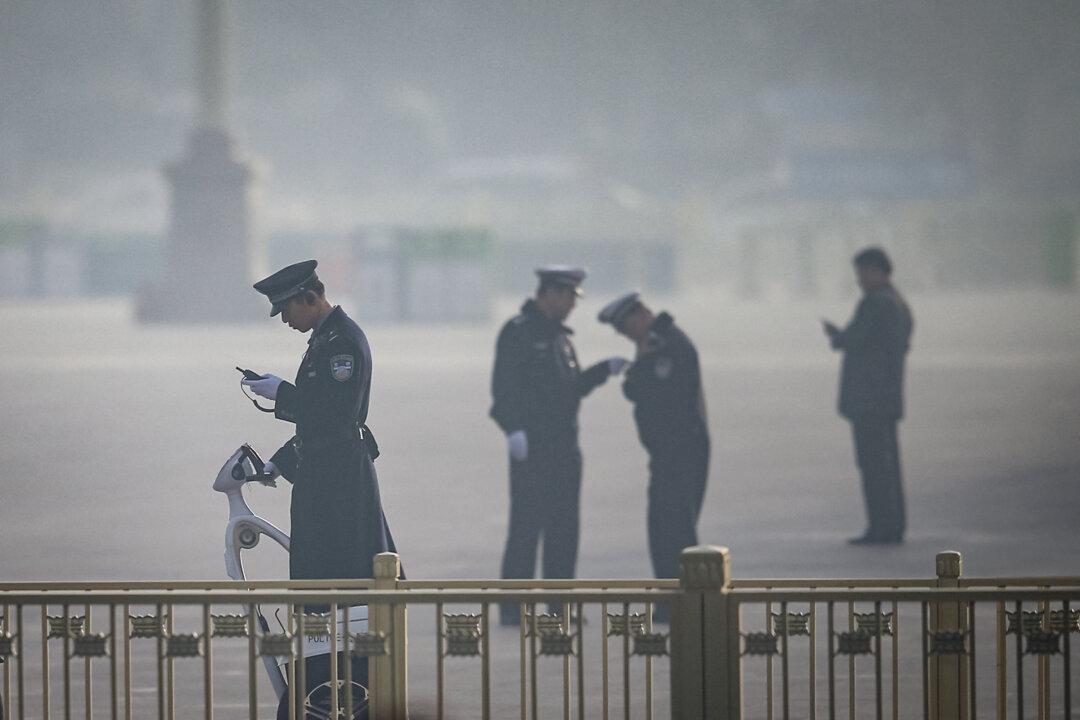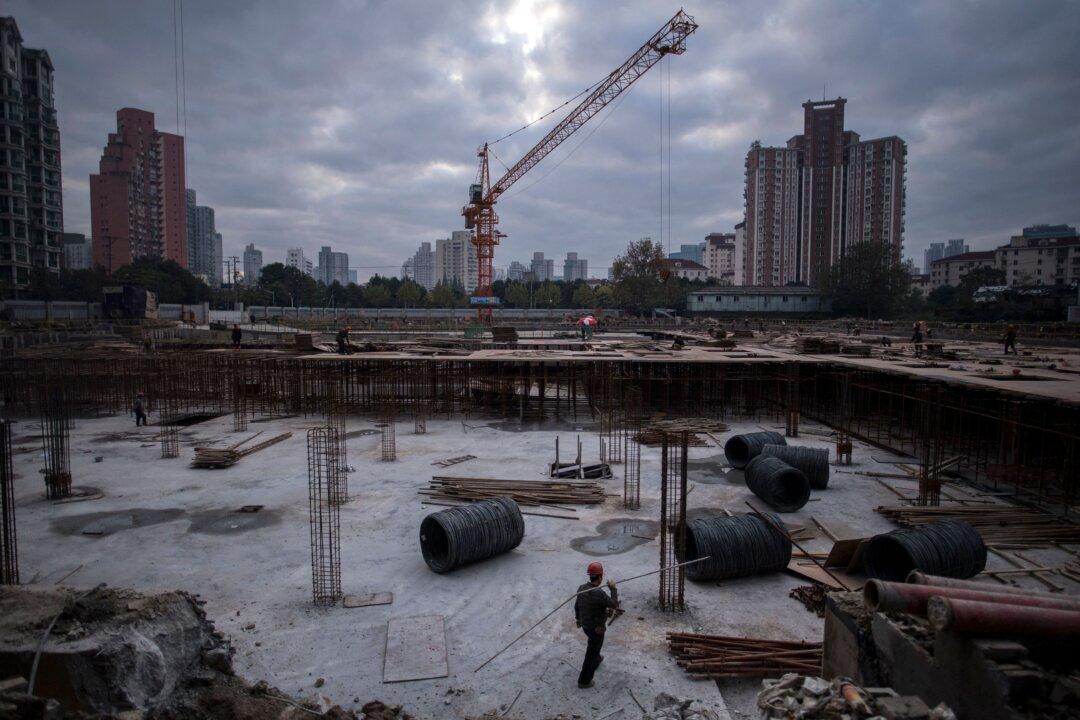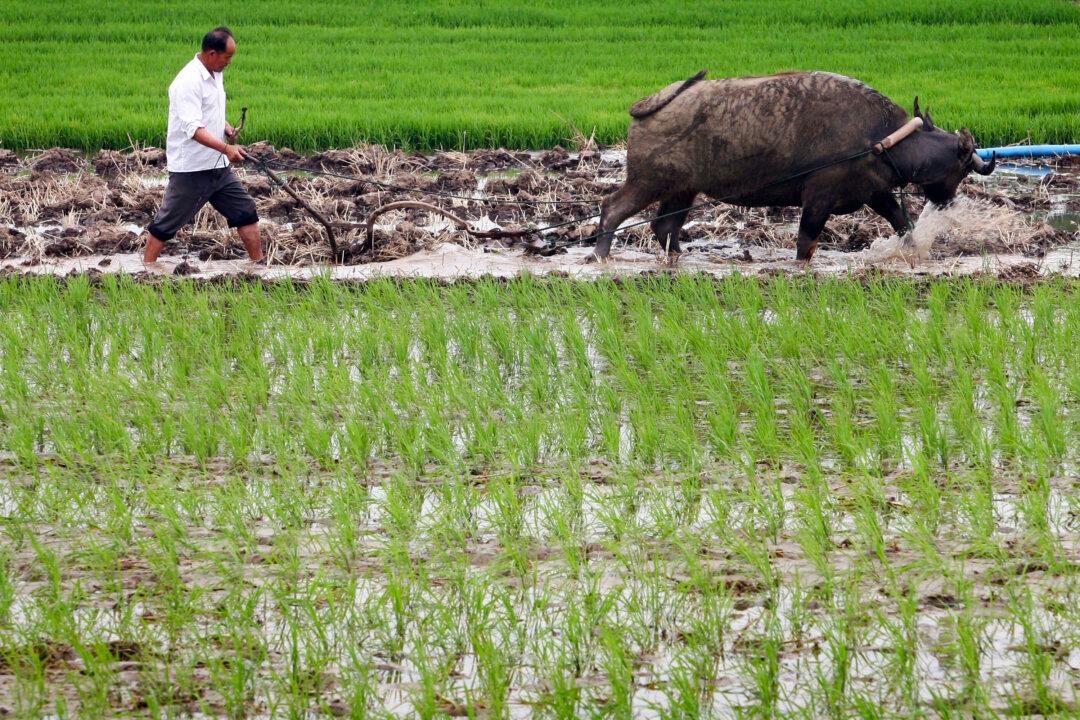China’s population fell for a second consecutive year in 2023, with a record-low birth rate. According to China’s National Bureau of Statistics, its population dropped by about 2.08 million to 1.4 billion people in 2023.
In 2022, China’s population dropped by 850,000. It was the first time since 1960 that deaths exceeded births in what is now the world’s second most populous country.
An Artificially Disrupted Population Structure
Li Shaomin, a professor of international business at Virginia’s Old Dominion University, believes that China’s declining population trend cannot be reversed without strong government intervention.“While worldwide populations first experience a decline in death rates, followed by a gradual decline in birth rates, the Chinese government, disregarding death rates, artificially lowers birth rates to the current low levels,” he said on NTD’s “Pinnacle View” program May 28.
Mr. Li discussed the often-cited population pyramid structure, where there are more young people at the bottom, and as people age and pass away, less people are at the top.
“This represents a normal age structure without artificial interventions,” he said. “When people stop giving birth, the base of the pyramid gradually shrinks. This change might be comparatively gradual, with births and deaths shifting slowly.”
The normal population structure can nonetheless be disrupted by conflicts, famines, and other factors that may affect certain age groups. However, the disruption of China’s population structure is different and more drastic.
“Political movements [like the Chinese Communist Party] can influence population structures, leading to drastic changes that make it difficult for society to adapt. This affects labor demands, marriage, employment, [and] education among others, causing significant disruptions to society as a whole.”
Mr. Li noted that in general, having children in modern society involves an investment, which contributes to economic returns.
“Developed countries invest heavily in raising children. In agricultural societies before modernization, minimal investment was made in children, who were primarily considered labor once they could walk—collecting firewood, food, and vegetables. Hence, the cost of having children in agricultural societies was relatively low, and education wasn’t a significant factor,” he said.
“However, in China’s current competitive society, starting from pregnancy, parents begin considering prestigious schools, fearing [children] falling behind, which creates immense pressure.”
In many Western countries, particularly in Canada and Australia, having children is seen as a joy, with less concern about how many, and the cost of raising children is relatively low, with significant social support.
In modern China, however, young people are fearful about the prospect of having children, he said. Under the one-child policy, children became “little emperors,” treasured and over-pampered. Today’s parents base their expectations on that model, which may lead to trepidation.
“Their concerns are more about the costs than the joy of family life. Many young people now believe that having children will impact their quality of life. When they see children, they immediately think of various extracurricular education activities such as piano and dance lessons, which have become part of the culture. While not mandatory, in the face of competition, not participating might bring disgrace.”
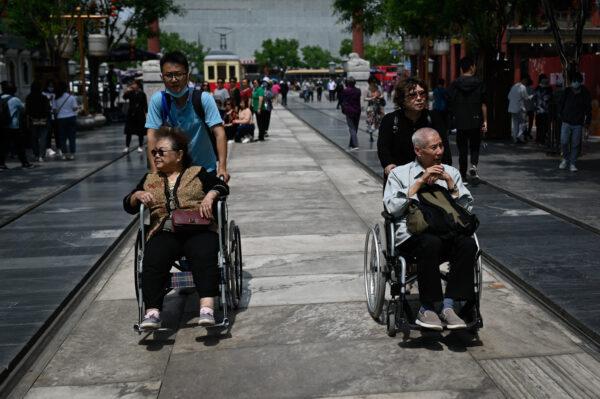
In Mr. Li’s opinion, China’s past economic struggles were not due to overpopulation but rather erroneous economic policies by the Chinese Communist Party (CCP), such as the collectivized living and working practices that resulted in the Great Chinese Famine from 1959 to 1961, causing 30 million deaths.
“The CCP passed the buck of poor economic development to overpopulation, reflecting its early population ideology. Later, there was a group of natural scientists led by Song Jian, who suddenly found himself idle from rocket development and began using control theory to calculate the population,” he said.
One of the country’s leading scientists post-Cultural Revolution, Song Jian was also a leading advocate of China’s one child policy.
Population control advocates like Mr. Song “determined that China’s optimal population was 500 million for some inexplicable reason. Surprisingly, the CCP embraced this idea, leading to the drastic decline from a two-child policy to a one-child policy in the late 1970s. From the 1950s to the early 1970s, Chinese women gave birth to over five children on average. This number steadily declined to two, then one child per woman, representing a steep decline.
“While other countries experienced a gradual decline in population, the decline of China [’s population] was rapid.”
Mr. Li contrasted China’s draconian policy to the population control policy of India’s Congress Party in the 1970s, which penalized those who had more children.
People More Important Than Land in Ancient China
Guo Jun, editor-in-chief of The Epoch Times Hong Kong edition, stated that in ancient times, land was not a scarce resource because populations were small.Moreover, “the focus of ancient warfare often wasn’t land itself but the people living on it,“ she said. ”If one couldn’t acquire land, they would take the people. If they couldn’t take people, they would take women and children. The territorial boundaries of ancient states were approximate, while population ownership was precise. Thus, population has always been the most critical factor in human civilization development.”
Ms. Guo explained that China’s population explosion occurred in the late Ming Dynasty, with a significant increase during the Qing Dynasty.
“This was because Europeans discovered new varieties of crops in the Americas, including potatoes, sweet potatoes, and corn. These new crops, originating from the Americas, had low requirements for soil, rainfall, and climate conditions but yielded high production. They also didn’t require sophisticated agricultural techniques or tools.

“As a result, global food production increased significantly, leading not only to a massive increase in China’s population but also to a worldwide population explosion. Before the Middle Ages, the global population was mostly between 300 and 500 million, with China accounting for about one-fifth to one-third of that.
China’s Population Decline Due to Institution
Independent TV producer Li Jun referred to the situation in other countries for comparison.“Germany was the first developed country to experience population decline. As early as the early 1970s, Germany began experiencing negative population growth. Hungary followed, experiencing negative growth in 1980,” he said on the Pinnacle View program.
“In 1999, the whole of Europe experienced negative growth for the first time. In that year, the total population of Europe decreased by over 50,000 compared to 1998. In 2003, it decreased by 1.88 million, making Europe the world’s fastest declining region in terms of population. By 2050, Europe’s population is expected to decline to 630 million, accounting for only 7 percent of the world’s total population.
“South Korea also experienced negative population growth in 2021 … Some South Korean media reported that South Korea may enter a super-aged society within four years.”
“This prediction is based on the current immigration policy. If immigration policies were to become more relaxed, it might take another century,” he said.
“Besides economic reasons, the most crucial factor affecting birth rates is values. When values shift from being centered around the family to being centered around the individual, marriage rates and birth rates plummet.“ Thus, although the United States may appear to embrace modern liberal values on the surface, ”most Americans still lean toward traditional values,” he said.
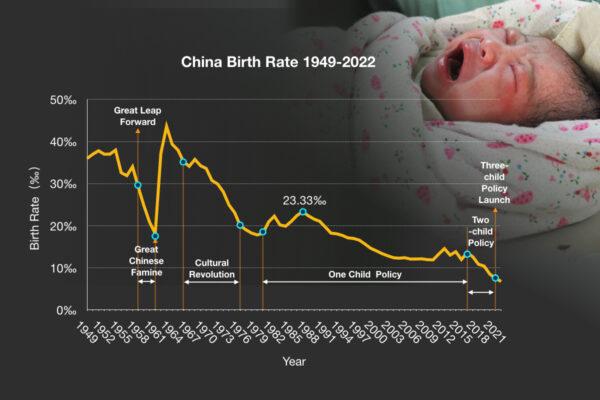
China’s Male-Female Imbalance
Shi Shan, a columnist and senior editor for the Chinese edition of The Epoch Times, stressed that the most critical factor restricting population growth is women of childbearing age.“Even if you have many men, it’s pointless. Women are essential … Therefore, during wars, men are the ones who typically die, leaving behind many women, and the population can quickly recover,” he told the program.
“China’s problem now is that there are tens of millions more men than women, meaning even if you have many men, you still can’t increase the population.”
Mr. Shi attributed the male-female imbalance to the CCP’s one-child policy, which resulted in a preference for male offspring over females.
The male-female imbalance is one more factor aggravating China’s population problem, he said.
“The situation in China may not be the same as in the rest of the world, because while China’s elderly population’s death rate is decreasing, the birth rate in the period when it shouldn’t decrease has significantly dropped.
“Due to China’s compulsory birth control policy, the country’s population structure is facing significant problems.”
